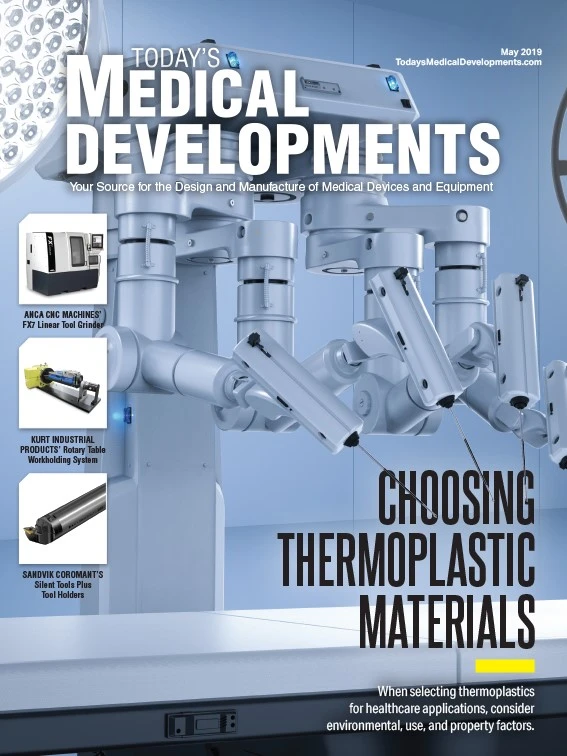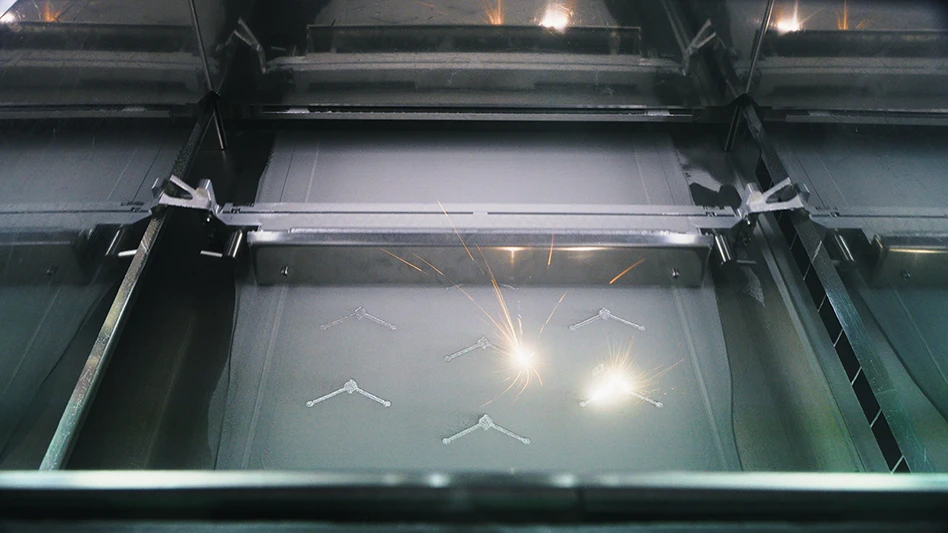Nvision Biomedical Technologies’ Vector Hammertoe Correction System bio-implant received FDA approval for use in the U.S. It’s the first foot and ankle implant made from the biocompatible PEEK-Optima HA Enhanced, a polymer from Invibio Biomaterial Solutions. It is also the first lower extremity (proximal interphalangeal joint arthrodesis) implant to use structural encoding to allow unique device identification (UDI) as required by the FDA.


SpineEX received additional FDA clearance for its Sagittae Lateral Lumbar Interbody (LLIF) Fusion System, enhancing its ability to achieve full-scale commercialization. The additional 510(k) clearance for the system covers new system instrumentation and an updated surgical technique. Surgeons can better streamline the implant sizing process and adjust the anterior and posterior sides of the implant independently of one another.
The goal of Sagittae is to help achieve optimal lordosis, vertebral endplate contact, and posterior column decompression to provide a personalized implant for patients. Since receiving the initial FDA clearance, the company has been working with several long-term suppliers to manufacture the Sagittae cages and instrumentation, in preparation for commercialization efforts.
Additive Implants Inc. received FDA clearance of its 3D-printed, titanium alloy SureMAX Cervical Spacer System, which offers a roughened porous surface with several features on the superior, inferior, and lateral aspects of the implant that engage bone on the vertebral endplates. The features combine to provide a suitable environment for fusion while resisting rotational forces during healing.

MiRus received FDA 510(k) approval for the MoRe-based Europa pedicle screw system, making it the first FDA approved medical device using this new implant material.
The MoRe superalloy allows for a new generation of smaller, stronger, more durable, and bio-friendly implants that will provide less soft tissue disruption, quicker recovery, and better patient outcomes.
The Europa system received the 2018 Spine Technology Award at the North American Spine Society (NASS) meeting for excellence and innovation in spine surgery.
Bal Seal Engineering achieved USP Class VI compliance for its SP-191 and SP-23 seal materials. It also achieved ISO 10993-5 compliance for its SP-191, SP-23, and UPC-15 materials.
SP-191 is a filled polytetrafluoroethylene (PTFE) compound, and SP-23 is a high-performance blended polymer with a PTFE base. UPC-15 is an ultra-high molecular weight polyethylene (UHMWPE). All three materials are frequently employed in the design of the company’s spring-energized seals, which prevent leakage and protect critical components in powered surgical tools, pumps, catheters, and other medical equipment.

Explore the May 2019 Issue
Check out more from this issue and find your next story to read.
Latest from Today's Medical Developments
- HERMES AWARD 2025 – Jury nominates three tech innovations
- Vision Engineering’s EVO Cam HALO
- How to Reduce First Article Inspection Creation Time by 70% to 90% with DISCUS Software
- FANUC America launches new robot tutorial website for all
- Murata Machinery USA’s MT1065EX twin-spindle, CNC turning center
- #40 - Lunch & Learn with Fagor Automation
- Kistler offers service for piezoelectric force sensors and measuring chains
- Creaform’s Pro version of Scan-to-CAD Application Module






